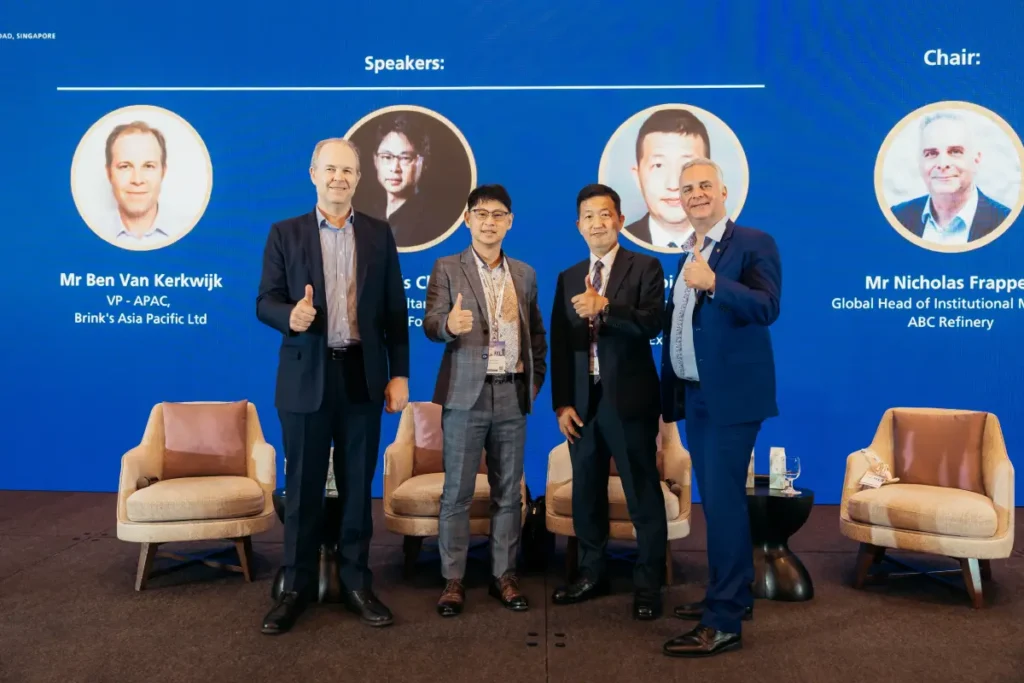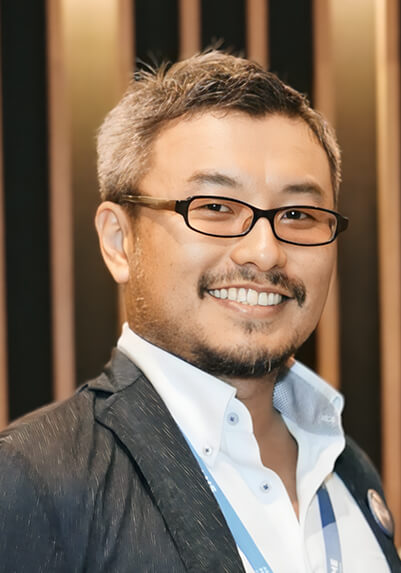Navigate
Article List
- Key Insights From SBMA’s Asia Pacific Precious Metals Conference 2025
By JONI TEVES, Chief Precious Metals Strategist, UBS Investment Bank
- How Four Generations’ Experiences Built the Foundation for Singapore’s Premier Bullion Company
By BRIAN LAN, Managing Director, GoldSilver Central Pte. Ltd.
- Outreach to Shanghai: Deepening Regional Market Access
By ALBERT CHENG, CEO, SBMA
- China Emerges as a Key Pillar of the Global PGM Market: Highlights from Shanghai Platinum Week 2025
By WEIBIN DENG, Regional Head of Asia Pacific, World Platinum Investment Council
- Critical Role of Precious Metals in Hydrogen Energy: Understanding the Science Behind Clean Technology
By LIU FENG, Chairman and General Manager of Sino-Platinum Metals New Energy Technology (Shanghai) Co., Ltd; Deputy General Manager of Yunnan Precious Metals Materials Laboratory Co., Ltd.
- WGC – Middle East Update
By ANDREW NAYLOR, Head of Middle East and Public Policy, World Gold Council
- SBMA News
By SBMA
Article List
- Key Insights From SBMA’s Asia Pacific Precious Metals Conference 2025
By JONI TEVES, Chief Precious Metals Strategist, UBS Investment Bank
- How Four Generations’ Experiences Built the Foundation for Singapore’s Premier Bullion Company
By BRIAN LAN, Managing Director, GoldSilver Central Pte. Ltd.
- Outreach to Shanghai: Deepening Regional Market Access
By ALBERT CHENG, CEO, SBMA
- China Emerges as a Key Pillar of the Global PGM Market: Highlights from Shanghai Platinum Week 2025
By WEIBIN DENG, Regional Head of Asia Pacific, World Platinum Investment Council
- Critical Role of Precious Metals in Hydrogen Energy: Understanding the Science Behind Clean Technology
By LIU FENG, Chairman and General Manager of Sino-Platinum Metals New Energy Technology (Shanghai) Co., Ltd; Deputy General Manager of Yunnan Precious Metals Materials Laboratory Co., Ltd.
- WGC – Middle East Update
By ANDREW NAYLOR, Head of Middle East and Public Policy, World Gold Council
- SBMA News
By SBMA
KEY INSIGHTS FROM SBMA’S ASIA PACIFIC PRECIOUS METALS CONFERENCE 2025
By JONI TEVES, Chief Precious Metals Strategist, UBS Investment Bank
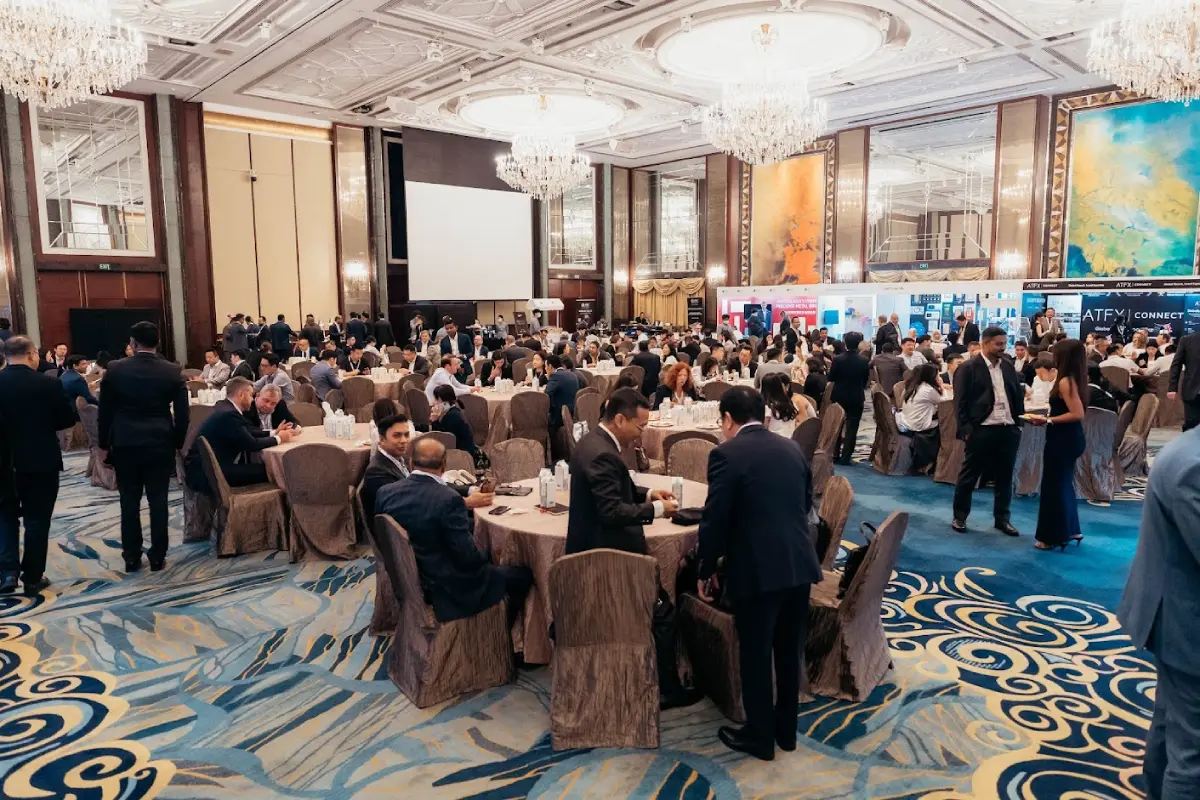
At the Right Place and the Right Time
Industry Milestones and the Path Ahead
This year’s conference coincided with Singapore’s 60th anniversary, providing a timely opportunity to reflect on the growth of the precious metals industry in the region.
A key historical turning point was Project Lion One, which laid the foundation for Singapore’s role in precious metals trading. This included the removal of GST on investment-grade precious metals, the establishment of refining and vaulting capacities, and the attraction of global trading operations to Singapore.
Global market initiatives
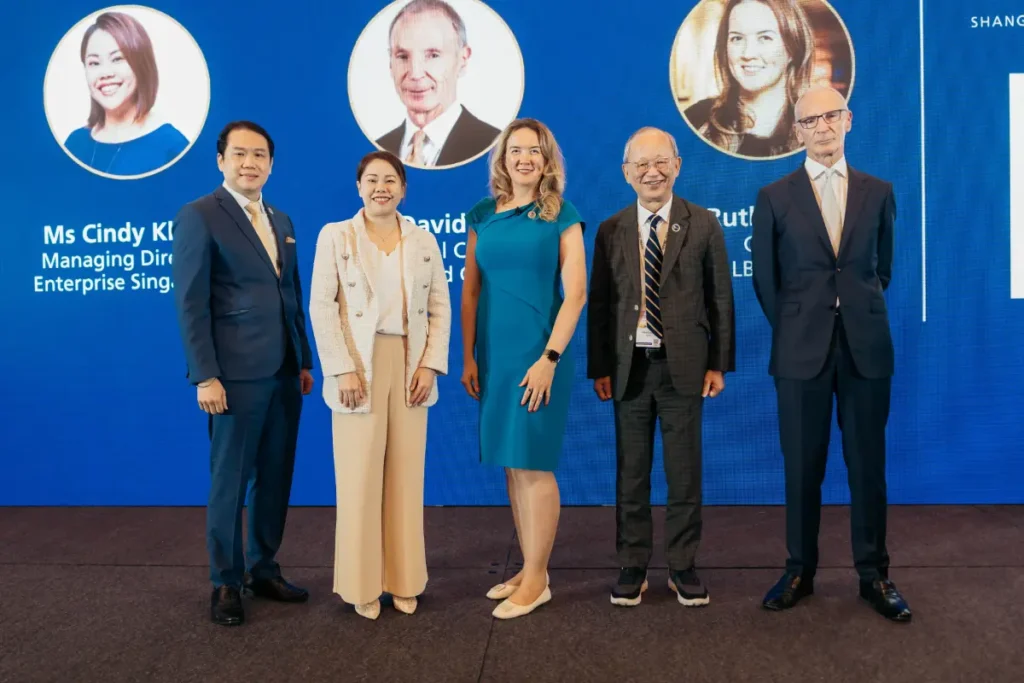
Regional Market Updates
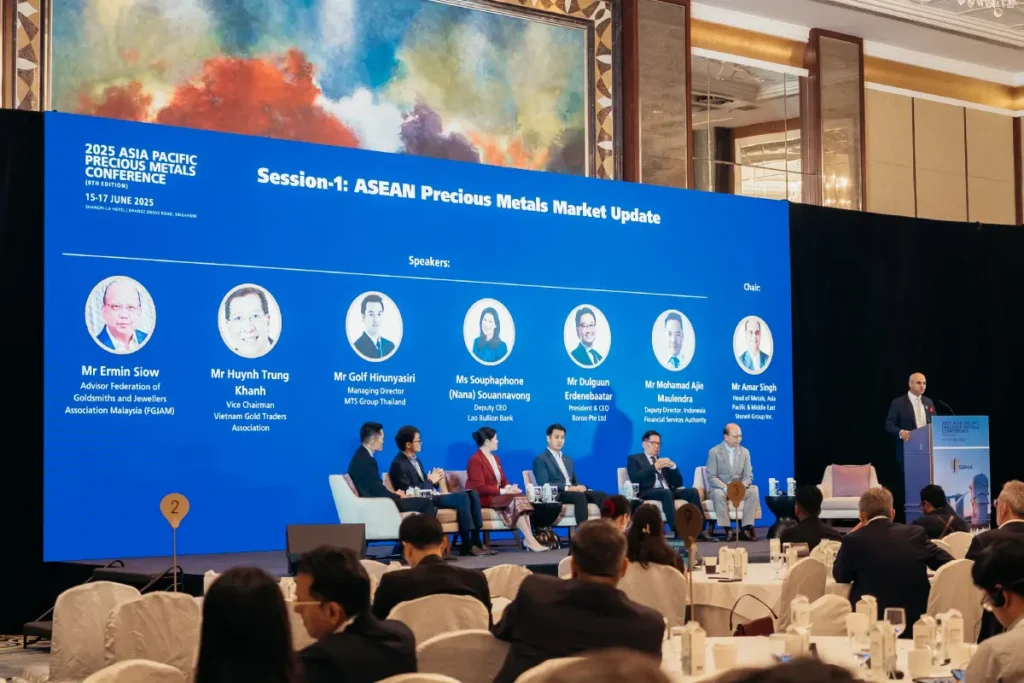
- Indonesia: Progress was reported on integrating gold into the financial system, with two institutions receiving bullion banking licences and launching products in savings, financing, trading, and custody.
- Malaysia: While the delay in the high-value goods tax helps, the introduction of e-invoicing negatively affected sales. Nevertheless, overall demand has remained resilient.
- Vietnam: After many years of anticipation, a major policy shift has finally happened, enabling gold imports for jewellery as well as the removal of export taxes. This signals notable growth potential for the sector.
- Laos: Following last year’s announcements, the Lao Bullion Bank opened in September 2024, offering gold savings accounts, safe deposit boxes, certificates, and the ability to use gold as collateral.
- Thailand: Gold traders can now transact in US dollars in addition to baht, and partnerships with banks are enabling gold products to be offered via banking apps. However, this expansion has also increased the risk of scams, prompting calls for greater vigilance not just in Thailand, but across APAC.
Market Behaviour and Price Trends
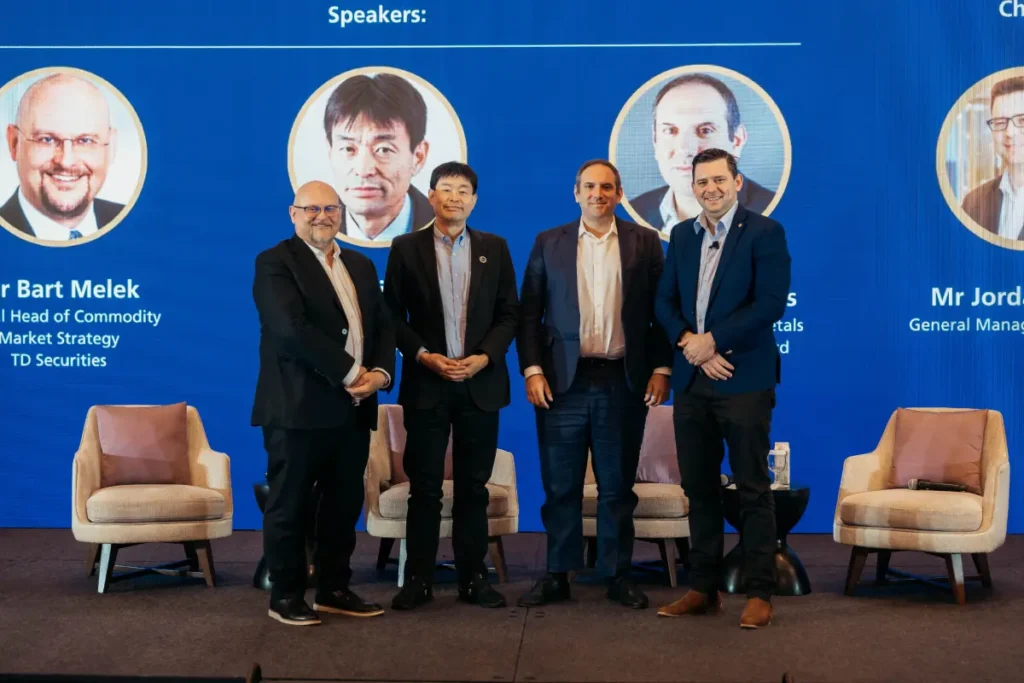
A notable market shift has been the rising investment demand offsetting weaker jewellery consumption. In traditionally jewellery-driven Asian markets, consumers are adapting to higher prices by viewing gold as a long-term investment – buying into price strength rather than waiting for dips or taking profits on existing holdings. This behavioural shift is fostering market resilience. India stood out as a market where cultural and seasonal demand remains robust, with crowded showrooms persisting even after prices reached record highs during the Akshaya Tritiya festival.
India stood out as a market where cultural and seasonal demand remains robust, with crowded showrooms persisting even after prices reached record highs during the Akshaya Tritiya festival.
Collaboration as a Strategic Imperative
Looking Forward

